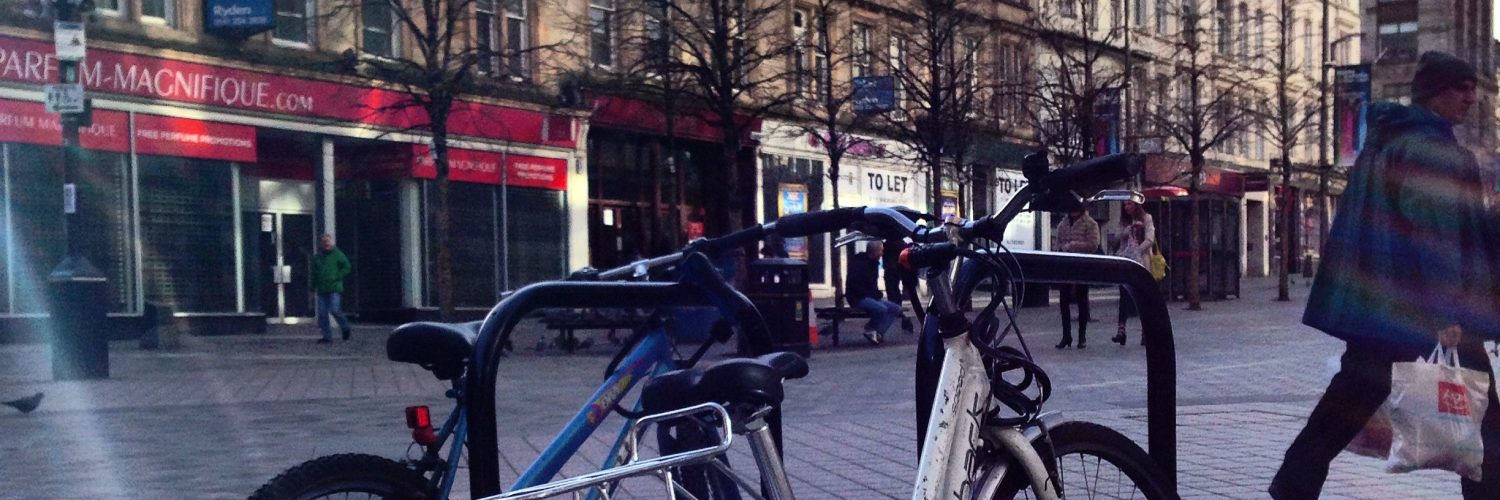Satellite Arts Project ’77

Para comemorar o “Sputnik Day”, dia 4 de outubro, nada melhor do que relembrar os primóridos da arte telepresencial. Rabinowitz e Galloway realizaram, na década de 1970-80, experiências de telepresença e teleparticipação através das emergentes redes de telecomunicações por satélites. Descrevemos algumas (principalmente o Hole in Space) experiências em um capítulo dedicado à arte eletrônica no meu livro “Cibercultura”.
Vejam o post do Networked Performance, Satellite Arts Project ’77:

A Space With No Geographical Boundaries.
Objective: To demonstrate (for the first time), that several performing artists, all of whom would be separated by oceans and geography, could appear and perform together in the same live image (The image as place). Everyone would see themselves all together, standing next to each other, able to talk with each other, and alas, perform together — “A performance space with no geographic boundaries”.
From 1975 through 1977 artists Kit Galloway and Sherrie Rabinowitz developed a series of projects under a heading they called “Aesthetic Research in Telecommunications”. Among these projects was the “Satellite Arts Project” that addressed a multitude of telecollaborative arts and virtual space performance issues that had never been genuinely tested or even experienced. Central to the “Satellite Arts Project” idea was aesthetic research that would use the performing arts as a mode of investigating the possibilities and limitations or technologies to create and augment new contexts, environments, and scale for telecollaborative arts. In a time when satellites were the only viable means of transmitting live TV quality video across oceans (the global context), the artists focused on transmission delays over long distance networks, and performed a number of telecollaborative dance, performance, and music scores to determine what genres could be supported, and determine what new genres would emerge as intrinsic to this new way of being-in-the-world.”
